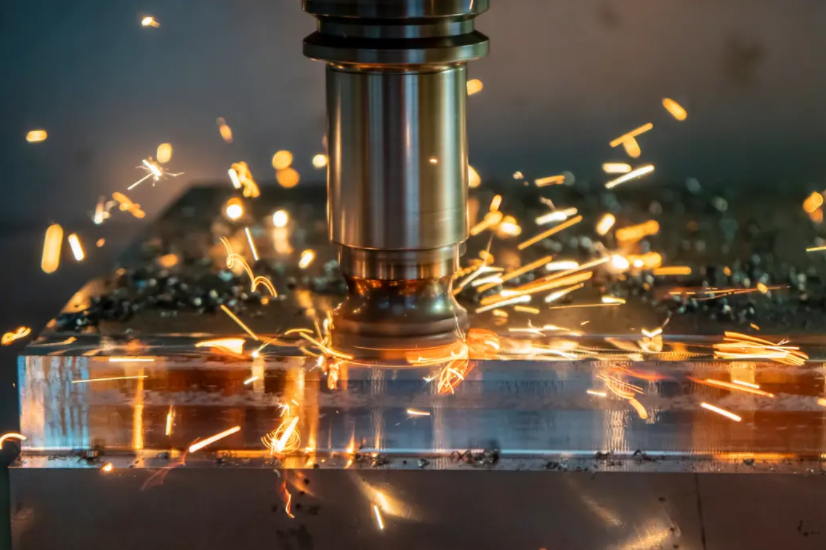Aluminum is a versatile and widely used metal in various industries due to its excellent properties, such as lightweight, high strength-to-weight ratio, corrosion resistance, and electrical conductivity. However, aluminum is susceptible to corrosion when exposed to harsh environments. To enhance its corrosion resistance and improve its overall performance, aluminum conversion coating is often applied. This article will delve into the benefits and applications of aluminum conversion coating.
Aluminum conversion coating, also known as anodizing, is an electrochemical process that converts the surface of aluminum into a durable, corrosion-resistant oxide layer. This layer is created by immersing the aluminum in an electrolyte bath and applying an electric current, which stimulates the formation of the oxide layer on the surface. The thickness of the coating can be controlled to meet specific requirements.
One of the primary benefits of aluminum conversion coating is its enhanced corrosion resistance. The oxide layer acts as a barrier, preventing direct contact between the aluminum and corrosive agents such as moisture, chemicals, and saltwater. This significantly slows down the rate of corrosion, extending the lifespan of aluminum components and structures. Additionally, the oxide layer provides a protective coating against wear, abrasion, and scratches.
Another advantage of aluminum conversion coating is the improvement in aesthetic appearance. The process allows for various color options, ranging from natural silver to a wide array of vibrant colors. This makes anodized aluminum a popular choice for architectural and decorative applications. The color is not simply a surface coating; it is integral to the oxide layer, ensuring long-lasting vibrancy and resistance to fading.
In addition to corrosion resistance and aesthetic appeal, aluminum conversion coating also enhances the adhesive properties of aluminum surfaces. The oxide layer provides a roughened surface with increased surface area, facilitating better adhesion of paints, adhesives, and other coatings. This makes anodized aluminum an ideal substrate for applications requiring additional coatings or finishes.
Furthermore, aluminum conversion coating can improve the electrical conductivity of aluminum. The oxide layer acts as an insulator, reducing the contact between aluminum surfaces. However, this insulation can be selectively removed in specific areas to create electrical contact points. This makes anodized aluminum suitable for electrical and electronic applications where both insulation and conductivity are required.
The applications of aluminum conversion coating are diverse and widespread across industries. In the architectural field, anodized aluminum is commonly used for cladding, windows, doors, and facades. The corrosion resistance, aesthetic appeal, and durability make it an excellent choice for outdoor structures. The automotive industry also utilizes aluminum conversion coating for various components, including wheels, trim, and engine parts. The improved corrosion resistance and adhesion properties contribute to the longevity and performance of these parts.

Furthermore, anodized aluminum is widely used in the aerospace industry. The lightweight nature of aluminum, coupled with its enhanced corrosion resistance, makes it a suitable material for aircraft components. The electrical conductivity of anodized aluminum is also advantageous for grounding and electrical bonding applications in the aerospace sector.
In conclusion, aluminum conversion coating offers numerous benefits, including enhanced corrosion resistance, improved aesthetic appearance, better adhesion properties, and increased electrical conductivity. These advantages make anodized aluminum a popular choice in various industries, such as architecture, automotive, and aerospace. The ability to customize the color and thickness of the oxide layer further expands its applications. As aluminum continues to be a preferred material, the utilization of aluminum conversion coating will undoubtedly continue to grow, ensuring the longevity and performance of aluminum products.

 0086-750-5616188
0086-750-5616188 +86 13392089688
+86 13392089688 sales@zhongmei-tech.com
sales@zhongmei-tech.com













